Travelogue: North-East Indian States By Bhamy V. Shenoy
In recent years, North-East (NE) India has come on the tourist map to attract mostly Indians. Even in the case of Indians, for it to reach the status of Alps of Switzerland, National Parks of the US, Safaris of Africa or lush forests of New Zealand, NE States have to do considerable work to promote it. However, NE States need not even attempt to lure those tourists who are mesmerised by the glamorous shopping malls of Dubai and Singapore. It is those tourists, who are interested in natural beauty, wildlife, magnificent mountains and greenery, who will be attracted once they learn what NE States have to offer.
North-East India consists of Arunachal Pradesh, Assam, Manipur, Meghalaya, Mizoram, Nagaland, Tripura — often called “The Seven Sisters”, and Sikkim — referred to as the “Brother” to the seven States.
Recently I took Kesari Tours to visit Assam, Meghalaya and Arunachal Pradesh. Twelve days tour was enjoyable, but strenuous. Just about every day we spent more than four to six hours in Innova. Road trips often were like boat rides on high seas in several places because of poor road conditions. Some times it was even scary when we saw massive land slides with heavy boulders in the middle of the road. In one place we had to wait for its clearance.
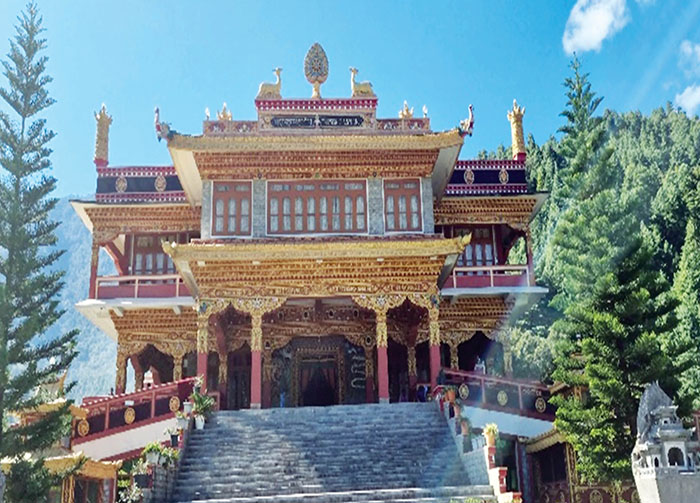
North Eastern States were established during the British Raj. The population of North-East India is formed of several racial stocks, principally, the Mongoloids, the Indo-Aryans, the Australoids or Austric and the Dravidians. There are 220 ethnic groups speaking in 220 languages belonging to mostly four language families — Indo-European, Sino-Tibetan, Kra-Dai and Austroasiatic. Bio-diversity of NE States is also mind-boggling. Even without our making special attempts to learn we could appreciate fascinating aspects of ethnic and bio-diversity of the region.
One natural question that puzzled me was how missionaries came as early as 17th century when living conditions were difficult and traveling was treacherous to convert people living in Meghalaya (74%), Nagaland (88%) and Mizorama (87%) to Christianity. Today 17% of NE States have 17% Christians, 54% Hindus and 25% Muslims. Buddhists are less than 1.4%. What is even sad is that most converted Christians have become anglicised giving up their rich heritage — heavy price of colonialism which our history books fail to discuss.
It is only recently, Indians came to know about the greatest Assam Hero Lachit Barphukan. His 400th birth anniversary was celebrated sometime back by PM Modi. He halted the march of Mughal Emperor Aurangzeb’s Army in the battle of Saraighat in 1671. How many of us have studied about this Ahom Commander or the rule of Ahom dynasty for six hundred years?
In Arunachal Pradesh, Tawang is one of the large cities where we visited Tawang Monastery. It is the largest monastery in India built in 1681 and second largest in the world after Potla Palace in Lasha. In Tibetan it is known as Gaden Namgyal Lhatse, which translates to “the divine paradise of complete victory.” To make it even more interesting, ‘Ta’ means “horse”, ‘wang’ means “chosen”, which together forms the word ‘Tawang’, meaning “the location selected by horse”. This monastery is situated at the top of a mountain, at an elevation of 10,000 feet.
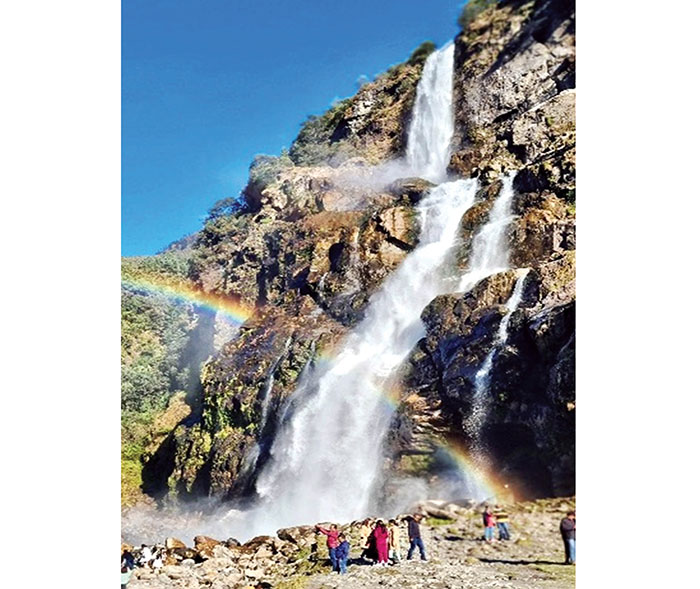
In Tawang, we visited Urgelling Monastery, the birthplace of the 6th Dalai Lama who is the only Indian to have risen to such a high position in Gelupka Sect of Buddhism so far. There is a war museum where one can enjoy light and sound show. Because of freezing weather, I decided to miss it. We also did not visit Bum La Pass which is the border between China and India and 34 kms from Tawang.
The other two cities we visited in Arunachal Pradesh were Bomdila and Dirang. In Dirang, we visited Thupsung Dhargye Ling Monastery which means Place of Flourishing of Buddha’s Speech. It is a temple and learning institute for the study of Tibetan Buddhism by lay people and monks. It was named by Dalai Lama and was consecrated by him in 2017.
It was just a night halt in Bomdila on our way back to Guwahati. Though the tour guide suggested a visit to the monastery, we decided to skip after seeing many since most are very similar. While in Bomdila, we fell to the usual tourist trap of buying a Pashmina shawl from a large store in front of the hotel. Though we knew that they are expensive (some authentic ones costing more than a lakh rupees), we bought two shawls paying Rs. 3,000 after some bargaining.
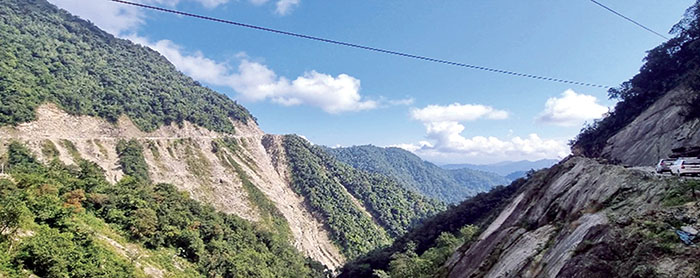
Arunachal Pradesh gave us an opportunity to learn about the heroic efforts of Jaswant Singh Rawat, Maha Vir Chakra (MVC), who fought bravely against the Chinese in 1962. We spent some time enjoying the natural beauty of Sela Pass (connecting Tawang with the rest of India) situated at 13,700 ft. which provided photo op.
However, in terms of sight seeing places or monuments, there was not much to see in Arunachal Pradesh. It was mostly enjoying the natural beauty and towering Himalayan mountains which we can see even in Meghalaya. There were some attractive water falls. One of the most spectacular is Jung Falls between Tawang and Bomdila. It is 100 metres high.
[To be continued tomorrow]



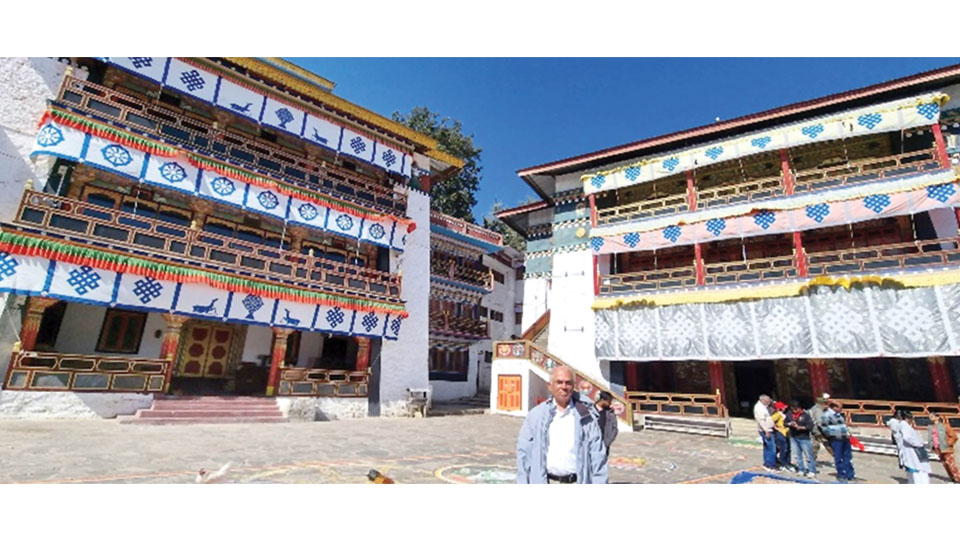
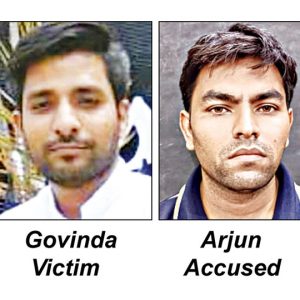
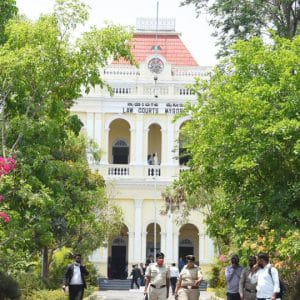
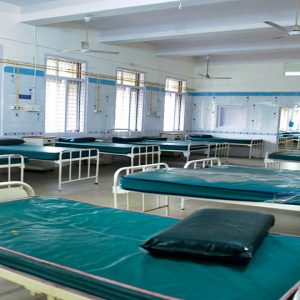

Hey Barmy Shenoy
India’s Switzerland? You must be really a brain dead human! The best aspect of Switzerland , among the Snowy Alps, and the picturesque views
Is, it is thinly populated. Indians are breeding like rats, 1.9 billions of them, more populous than China. No place in India, is free from choking humans.
Under British Raj, all states were thinly populated, even Mysore city,. People like you who were from outside the City, swamped Mysore in large numbers in early 1980s, and condemned the once beautiful city into a congested swamp.
It is very easy, and indeed flimsy observation to call a part of India as India’s Switzerland!
Mr Ganapathy often repeats that the British called his native Kodagu (Coorg) as the Switzerland of India, for a justifiable reason. His Kodagu indeed was as compact as Switzerland and was rich in natural beauty, not to neglect its rich citrus produce, grown in the shadows of mountains. What was lacking was the snow cover all the year.
But Coorg, was really the British view of India’s Switzerland, justifiably with its unique landscape resembling to that beautiful European country.
But to call a vast expanse and cluster of diverse lands consisting of Arunachal Pradesh, Nagaland, Assam and Meghalya, as India’s Switzerland reveals the ignorance of Switzerland by some one like Shenoy. These cluster of lands are nothing like the compact Switzerland, with the unique blend of German, French and Italian mix of cultures, intense natural beauty in the backdrop of snow-painted Alps. Not to ignore, the low density population too.
This NE, densely populated area is no Switzerland! It used to be very very wet, with unbelievable backwardness as the backwaters, which was the view of Congress. The BJP woke up, after infiltration of Bangladeshis into Assam, and is busy catching up with governments.
But these lands are very backward still, the forests are slowly obliterated to make way for the expanding population growth, the wild life likewise destroyed, etc..
Only in the eyes of Shenoy, these areas could be tourism spots! May be people from the choking dump of Mysore city find these cluster of paces mentioned above as something escaping to for a few days?
Residing in New Delhi for decades, I visited the regions covered by Arunachal Pradesh, Nagaland and Meghalaya in 1970s, when they were rich in natural wealth. But, all of them are gone now.
Like Mr Ganapathy’s visits to Goa and Kashmir this visit ny Shenoy is decades too late, after India’s massive overpopulation.
Visiting the “lush forests of New Zealand”, if that country allows Indians holding the Indian passports, can be a good idea.